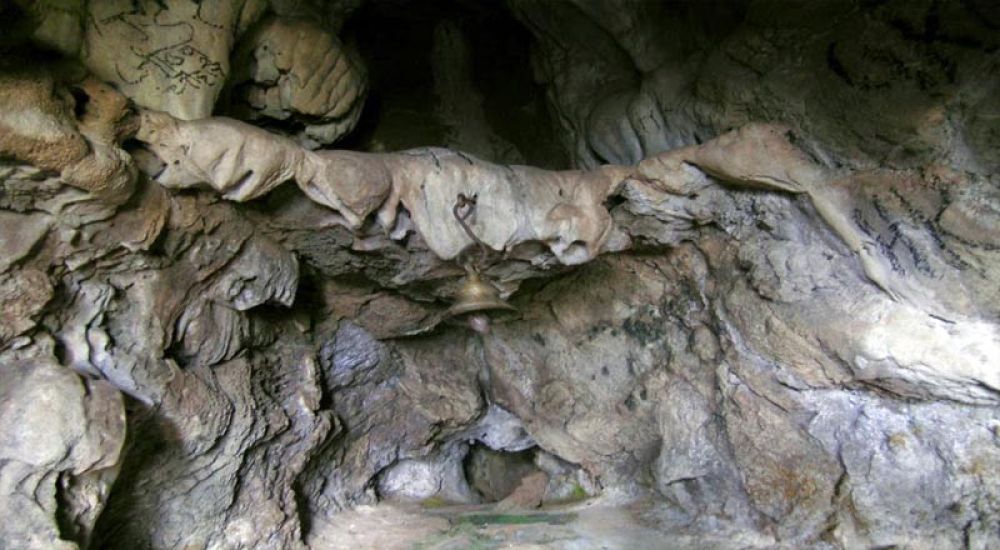

Nestled in the quaint district of Berinag in Uttarakhand, India, Patal Bhuvaneshwar is a limestone cave temple complex with a deep spiritual legacy and an extensive network of subterranean shrines. This lesser-known marvel of nature and devotion lies at an altitude of around 1350 meters above sea level and is a sight to behold for pilgrims and adventurers alike.
According to local beliefs and legends, the history of Patal Bhuvaneshwar dates back to the time of the Mahabharata. It is said that the cave complex is connected to Lord Shiva, with the earliest references indicating that it was discovered by King Rituparna of the Sun Dynasty during the Treta Yuga. The history of tourism here, however, is a relatively recent phenomenon, blossoming primarily over the past few decades as broader improvements in infrastructure and a growing interest in spiritual tourism have made this remote location more accessible.
In the early stages, Patal Bhuvaneshwar was frequented mostly by local pilgrims and a few intrepid travelers. Over time, word of its mystical ambience and religious significance spread, inviting a larger number of visitors from across India and abroad. The government and local entities have since recognized the potential of this site and have been working towards developing better facilities for tourists, without compromising the cave's natural and spiritual essence.
The cave is believed to be the abode of thousands of gods and goddesses, and it is depicted as a microcosm of the divine in Hindu mythology. Enshrined within are a number of stalactite and stalagmite figures that are revered as deities. The caves are also historically significant due to the inscriptions and markings found within, which indicate the visitations of saints and seers over the ages.
In recent times, Patal Bhuvaneshwar has seen a surge in eco-friendly tourism initiatives. Sustainable tourism practices are being encouraged to minimize the impact on the delicate environments of the cave and surroundings. More visitors are also seeking out experiences that combine spirituality with adventure, finding both in the caves’ dark and intricately formed chambers.
Visitors today can enjoy guided tours of the cave, during which they navigate through narrow passages and explore the intricate formations and revered statues. The authorities have made arrangements such as installing electric lighting and creating support structures to ensure the safety and comfort of the tourists while preserving the cave’s natural state.
While Patal Bhuvaneshwar is open to visitors throughout the year, the best time to visit is from early spring to late autumn, avoiding the heavy monsoon season which can cause difficulties in accessing the caves. Visitors are recommended to carry appropriate warm clothing, as the caves can be quite cool, and wear suitable footwear for navigating slippery surfaces.
Overall, Patal Bhuvaneshwar stands as a testament to the enduring allure of spiritual and natural discovery - a timeless destination rising in prominence as a unique intersection of mythology, geology, and tourism.